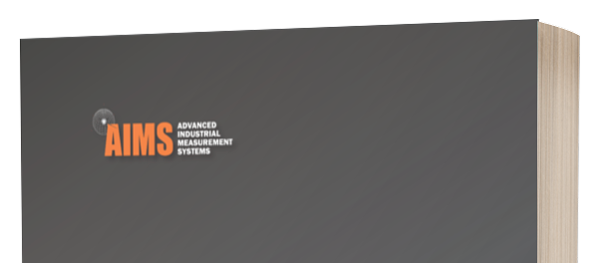Don't have time to read this article? Watch it instead!
In the early 1950s, George C. Devol invented and patented a reprogrammable manipulator he called “Ultimate.” For the next decade he tried to sell his product without success.
Fast forward to 1977, when the iconic film Star Wars hit movie screens across the country. Fans were introduced to iconic characters Princess Leia, Luke Skywalker and Han Solo, along with their sidekicks: collaborative robots R2-D2 and C-3PO.

Today, cobots are used for so much more than entertainment. Read below to learn what cobots are, the difference between robots and cobots, and about cobot capabilities.
What are cobots?
Collaborative robots (A.K.A. cobots) work safely next to human workers to complete a task that can’t be fully automated. Over the years, collaborative robots have continued to appear in movies and television shows as beloved companions that partner closely with their humans. These mechanical droids have also made their way into industrial manufacturing (minus the special effects).
What's the difference between cobots and robots?
The key difference between cobots and industrial robots is that the latter lacks the artificial intelligence to work safely next to humans.
According to Loup Ventures, cobots make up approximately 3 percent of global robot sales, but the company expects the number to jump to 34 percent by 2025. Loup Ventures identified several trends behind the escalation:
- Cobots perform repetitive tasks without getting tired and introducing errors
- The equipment is more economical than industrial robots
- Cobots can be re-programmed, giving manufacturers a better return on investment
- Cobots can perform automated tasks on their own and must be confined in cages to operate, while robots perform tasks through human controls
Now that you're aware of the difference between cobots and robots, let's explore cobot capabilities for industrial manufacturers.
What types of capabilities do cobots have?
Today's industrial manufacturing cobots are sophisticated and ready to help. Cobots are suited to a variety of applications including:
- Pick and place. Cobots can be programmed to transfer items from one place to another without manual effort.
- Machine tending. Dangerous, mundane, and lengthy maintenance and upkeep can be left to cobots.
- Process tasks. Gluing, drilling and welding, packaging and palletizing can all be performed by cobots.
- Automatically load and unload a coordinate measuring machine (CMM) or support in-line measurement (LM). If you need a lab-grade CMM like our LM, you can still automate your production line and measure parts that are being machined.
- Bridging the gap between the lab and shop floor. The Equator can bridge the gap between the lab and shop floor. It has the flexibility to support continuous part fabrication or production of diverse parts assigned to batch processing. The Equator can also switch programs and fixtures in seconds for medium to high volume applications.
- Large part, high volume inspection. In 2020, we launched the Summit 10.10.10 to give manufacturers the capability for large part, high volume inspection. Our newest CMM gives operators on the shop floor 5-axis scanning and the multi-sensor surface finish measurement capacity of REVO-2 [including video probing]. This level of flexibility allows the operator to select the best sensor for specific part features and not just for the part as a whole.
- Flexibility to adapt to inspection demands for a diverse range of parts and manufacturing processes. With multi-sensor capabilities, multi-axis motion and infinite positioning, manufacturers have the flexibility to adapt to inspection demands for a diverse range of parts and manufacturing processes.
- Automating manual tasks. With Summit, we integrated all the above capabilities with the option for automation. In addition to robotic or pass through conveyor automation, the Summit can be equipped with automatic tool adjustment for tool wear or paired with a robot load/unload system or pass through process with a conveyor.
Whether it's cobot or robot, let us know what your automation needs are. We can help you find the technology and equipment that works for you. Contact us today.

